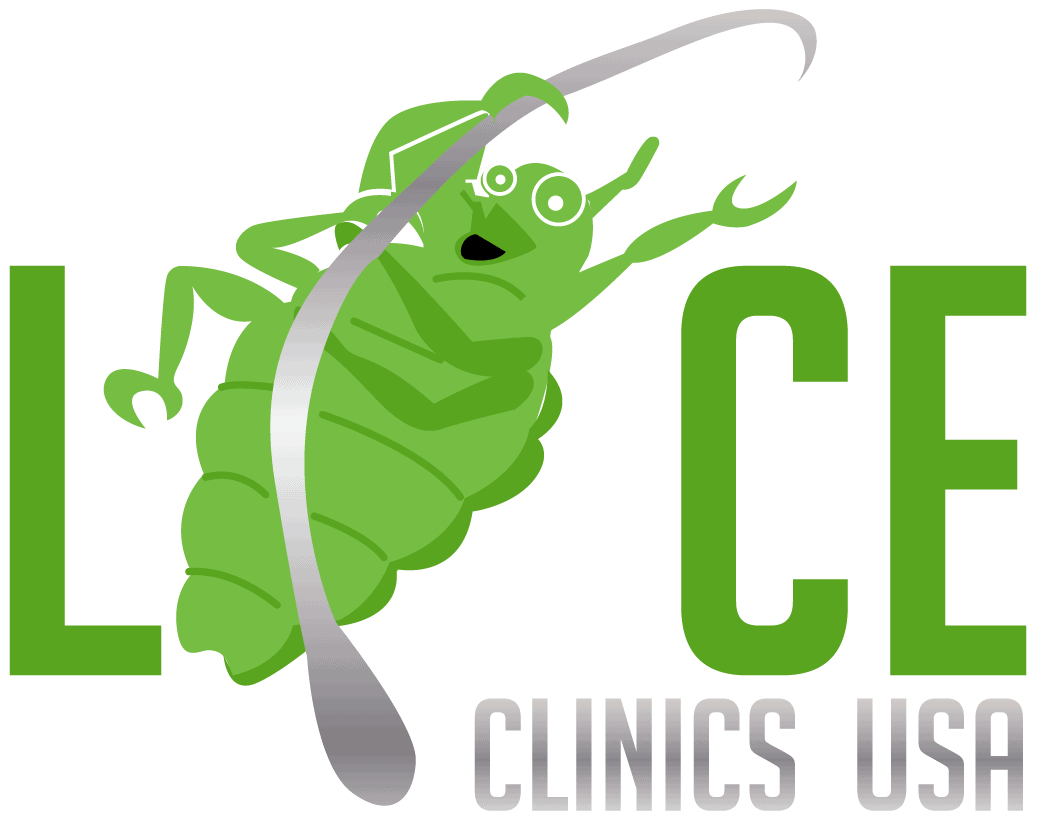Why Should Schools Update “No Nit” Lice Policy?

Lice in public schools can create a big uproar in communities. Often parents become very concerned when they hear of an outbreak in a classroom or school. Across the United States “no nit” policies have been in place for several decades that prohibit students from attending class if any nits, or lice eggs, whatsoever are found on their head. Parents often agree with this policy because they believe if a child has nits this poses a higher risk for their child to become infected. Education is the key to understanding why this may not pose a risk to other students. Reading up on the facts about how lice are transferred from one person to another can help to more easily understand why the policy is being questioned.
Recent research indicates that the removal of students from school because of nits actually doesn’t do much to stop the spread of lice in school. In fact, it just means more students are missing class. Once nits are present on a child it means they have actually been infested with lice for several weeks. Nits present on the head may even have been previously hatched and therefore there is no risk of spreading infection unless live lice are actually still present.
In fact, both the American Academy of Pediatrics and the National Association of School Nurses have publicly announced that “no-nit” policies should be considered outdated and no longer implemented in schools. They cite that head lice are not a health hazard or a sign of poor hygiene and are not responsible for the spread of any disease. They argue that no student should be kept from attending class because of nits, which may or may not be actually empty casings.
The state of Missouri has reported on www.health.mo.gov that, “Classroom and school-wide routine screenings are not shown to be cost-effective or effective in reducing head lice infestations over time. Head lice do not carry disease, and therefore otherwise healthy students should not be excluded from school attendance because of nits or lice.”
- Many nits are more than ¼ inch from the scalp. Such nits are usually not viable and very unlikely to hatch to become crawling lice, or may in fact be empty shells, also known as ‘casings’.
- Nits are cemented to hair shafts and are very unlikely to be transferred successfully to other people.
- The burden of unnecessary absenteeism to the students, families and communities far outweighs the risks associated with head lice.
- Misdiagnosis of nits is very common during nit checks conducted by nonmedical personnel.
Check with your own school district to make sure you are aware of policies and procedures for lice and nits. Head lice checks in the home, done often is the most effective tool in preventing an outbreak in your home. Lice Clinics of America, St. Charles also have available professional head lice checks if you are unsure what to look for. Their knowledgeable staff can educate you on the risks, the best ways to prevent head lice and cost effective procedures to cure head lice.
